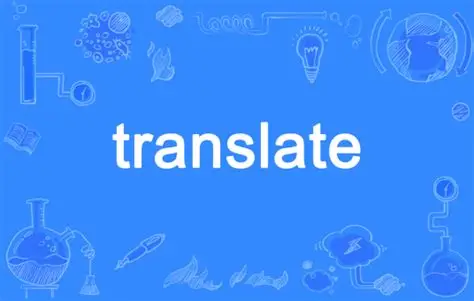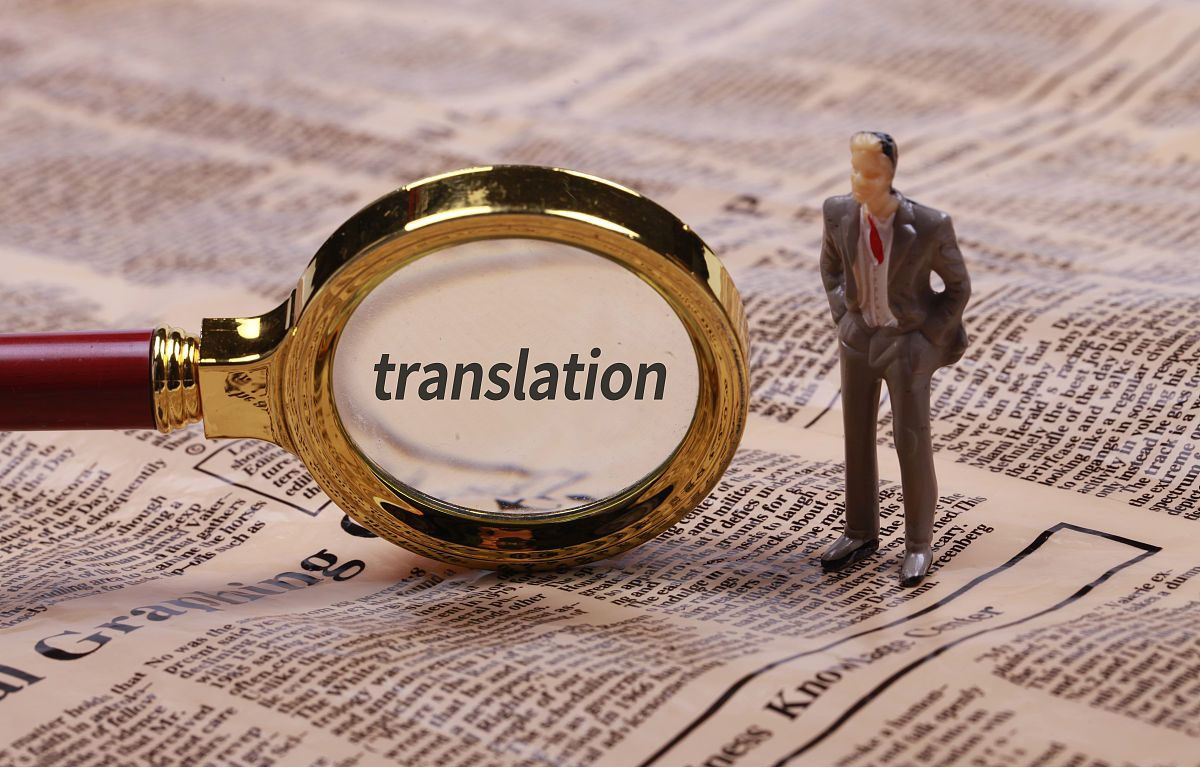
Core Principles of Localization
String translation rests on three pillars: context first, localization readiness, and developer-friendliness. Remove any one of these, and players may stumble into frustrating experiences when switching languages.Translators need to know where the text appears, how players interact with it, and how much space is available. Content creators should write original text with multilingual rendering in mind, avoiding overly complex expressions that are difficult to translate. Meanwhile, engineering teams must provide standardized placeholders and plural-handling mechanisms to ensure seamless integration between translation and development. Aligning on these three points at the project’s outset prevents costly rework and miscommunication later.

Preparing Resources Before Translation
To maximize translation efficiency, project owners should provide translators with:While these preparations may seem time-consuming, they dramatically improve translation quality and speed. The clearer the reference material, the stronger the outcome.
- Structured resource files (e.g., .json, .po, .xliff), instead of scattered strings.
- Comprehensive terminology glossaries detailing naming conventions (transliteration, adaptation, or renaming principles).
- Concise style guides covering tone of voice, forms of address, and restricted vocabulary.
- Screenshots or gameplay recordings to give translators visual context of in-game placement.

String Translation Standards
When translating, prioritize clarity and conciseness. Avoid embedding multiple layers of information or excessive modifiers into one sentence. For strings containing placeholders, translators must not split or reposition them; placeholders should remain consistent in both meaning and order.For cases involving plurals or gender distinctions, adopting standardized solutions such as MessageFormat/ICU is recommended. These serve as multilingual templates, enabling a single string to cover multiple variations while reducing long-term maintenance costs.

Development and Integration Testing
Pseudo-localization should be introduced early in the development cycle to uncover issues like text overflow, encoding errors, or misplaced placeholders—much like a stress test for the game. Additionally, automated string validation should be built into CI pipelines, covering placeholder consistency, missing translations, and tag closure checks. This proactive approach intercepts issues during the build phase, significantly lowering release risks.Ensuring Localization Quality
Localization Quality Assurance (LQA) requires more than a cursory review. It should cover three dimensions:Each category should have defined severity levels and resolution timelines. Establishing clear LQA standards ensures both vendors and clients have an objective basis for evaluation, avoiding disputes that may impact delivery and settlement.
- Functionality: Are placeholders and formatting correct?
- Language quality: Is the tone fluent and natural?
- Cultural sensitivity: Does the content avoid cultural pitfalls?

Pre-Release Verification
Before submission, confirm the following:Completing this checklist greatly reduces the likelihood of common localization failures.
- Each string includes contextual notes and maximum character length.
- Placeholder naming is consistent, with sample renderings provided.
- Strings with plurals or conditional branches use a localization-friendly format.
- Pseudo-localization and automated checks have been passed.

About Glodom
Shenzhen Glodom Technology Co., Ltd. is an innovative provider of language technology solutions with deep expertise in game localization. We maintain long-term partnerships with many of the world’s leading game companies. With over 300 full-time employees and a network of more than 10,000 native translators across 40+ countries, Glodom supports over 200 languages. By combining advanced technology with extensive project management experience, we help enterprises succeed in their globalization strategies. In both accuracy and efficiency, Glodom remains at the forefront of the localization industry.


